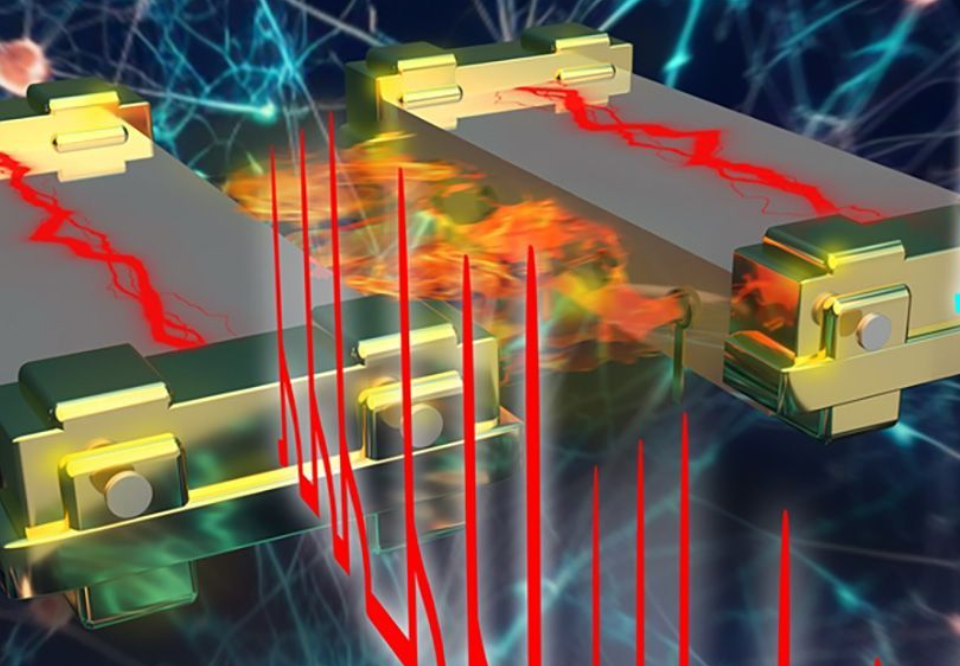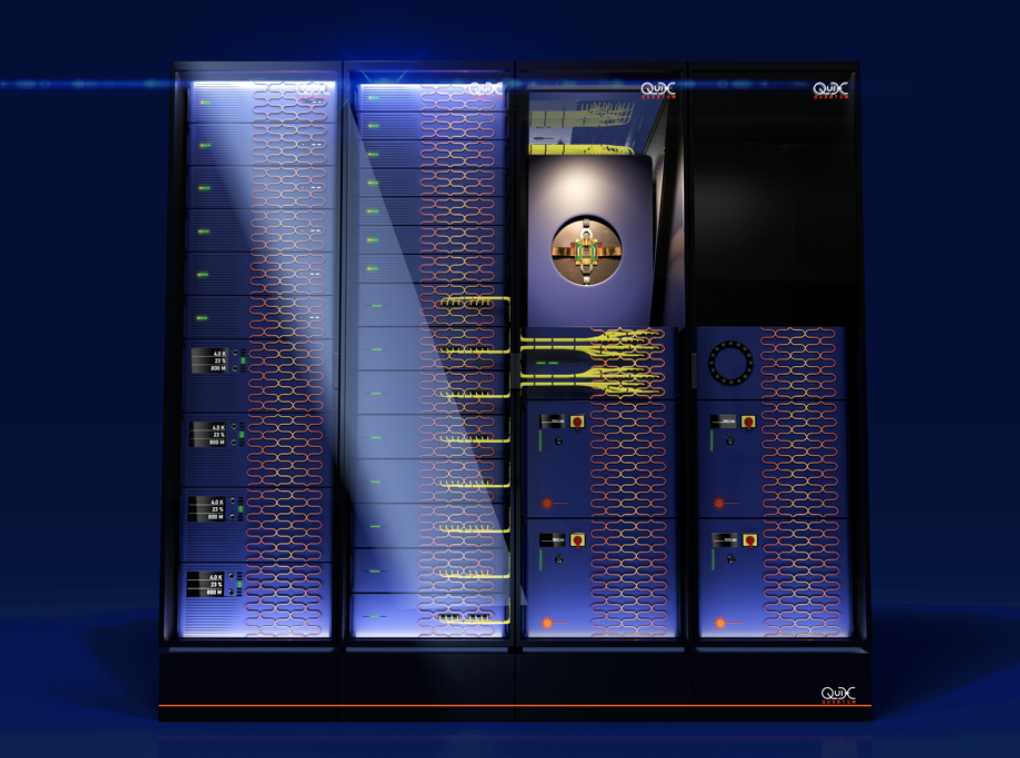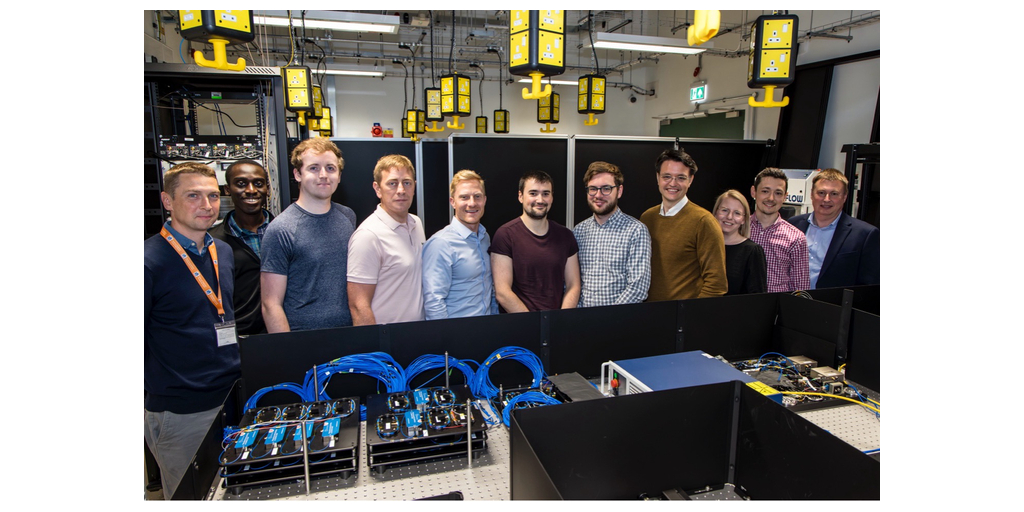Insider Brief
- Researchers at the University of California San Diego discovered a unique form of synchronicity in nano-oscillators made from vanadium dioxide, which spike in sync.
- This study, led by graduate student Erbin “Ben” Qiu, is significant for its interdisciplinary approach, combining engineering and physics.
- The research found that increasing the coupling strength in these spiking nano-oscillators led to unexpected stochastic synchronization patterns, suggesting potential applications in cybersecurity as a true random number generator, having passed tests from the National Institute of Standards and Technology.
UNIVERSITY RESEARCH NEWS — San Diego/December 18, 2023/UC San Diego — Many functions of the human body operate in sync, such as the coordination of our arms and legs when walking or how the different lobes of our brain work together to process information. Synchronicity also exists in engineered systems such as the harmonic oscillators used in clocks and radio circuits. However, synchronicity has not been studied extensively in spiking oscillators, despite their potential for use in advanced materials and neuromorphic, or brain-like, computing.
Now scientists from the University of California San Diego have discovered that when nano-oscillators made from vanadium dioxide spike, they exhibit a unique kind of synchronicity. Their results appear in The Proceedings of the National Academy of Sciences.
This work was led by fifth-year graduate student Erbin “Ben” Qiu. Although Qiu is in the Department of Electrical and Computer Engineering in UC San Diego’s Jacobs School of Engineering, he conducted this work in the lab of Distinguished Professor of Physics Ivan K. Schuller. Qiu said he appreciated the opportunity to explore a new area of interdisciplinary research that capitalized on expertise from engineering and physics.
This research initiative used several UC San Diego facilities, including a sputtering system and the X-ray machine in Schuller’s lab to create the thin films and analyze their crystal structures. A maskless laser lithography machine and etching machine in Nano3 was used to fabricate the spiking nano-oscillators. Finally, advanced transport measurement equipment was used to study the unique behaviors of these nano-oscillators, which are thermally coupled yet electrically decoupled.

In harmonic oscillators, if you increase the coupling strength, the synchronicity between two oscillators will become stronger, or more robust. A similar result was expected with spiking nano-oscillators; however, the experiment showed that stronger coupling strength via increased voltage caused disruptions in synchronization patterns, leading to a stochastic state or “regime.”
Stochastic states are, by definition, based on random probability and impossible to precisely predict. However, with these spiking nano-oscillators, although the stochastic synchronization pattern alternated unpredictably, there was always a synchronization pattern to it.
“Our system is always in sync,” stated Qiu. “It goes from an initial fixed synchronization pattern to a stochastic regime, but even then, it is still synchronized. Then it goes back to another fixed synchronization pattern.”
This unexpected outcome may prove useful in cybersecurity applications, specifically in implementing a true random number generator. In fact, these spiking nano-oscillators have already passed multiple tests in the Statistical Test Suite from the National Institute of Standards and Technology (NIST) to prove their viability in this area.
In addition to cybersecurity, this research has important implications for artificial intelligence and neuromorphic computing, because it shows that quantum material-based spiking oscillators can behave in ways that mimic neurons.
This work was funded by the Air Force Office of Scientific Research (FA9550–22–10135) and the U.S. Department of Energy, Office of Science, Basic Energy Sciences (DE-SC0019273) through the Quantum Materials for Energy Efficient Neuromorphic Computing (Q-MEEN-C).
Featured image: Thermally coupled spiking nano-oscillators synchronize, emulating the synchronization occurs in our brains. Credit: Mario Rojas/ UC San Diego)
For more market insights, check out our latest quantum computing news here.




















